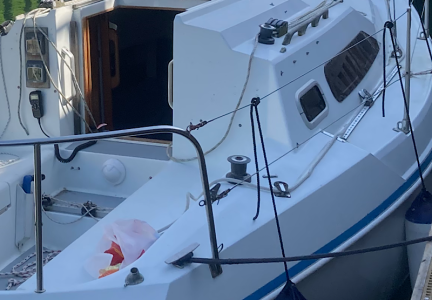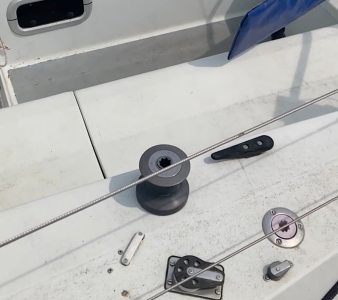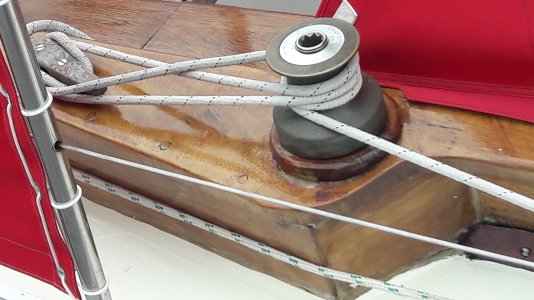Refueler
Well-known member
Going round the short horn helps with tailing off the winch. Being fairly smooth one can hold the line where one needs it ready to cleat clear of the handle. Then for speed it just needs a nip under the long horn.
if one has the cleat the other way round one has to hold the sheet in the hand the same way but when stopping winching, find the cleat & hook it.
It also matters if one is left or right handed which side of the winch the cleat is placed. One hand on the handle & the sheet in the other round the back of the cleat. It works well that way if 2 people are doing it, The tailer is a bit clear of the wincher. Once the sheet is in the wincher can take the tail & just flip it under the long horn or the tailer can as the wincher removes the handle.
When trimming the sail it is better to release the sail from the long horn & still have a bit of friction from the short horn & still have the sheet on the cleat. The other way round the sheet has to come right off the cleat & one might lose it.
It really comes down to preference & a matter of technique.
The old adage ... 2 turns on winch is hard ... 3 is good ....
If keep to 3 turns then cleat is not needed to tail the line ...





